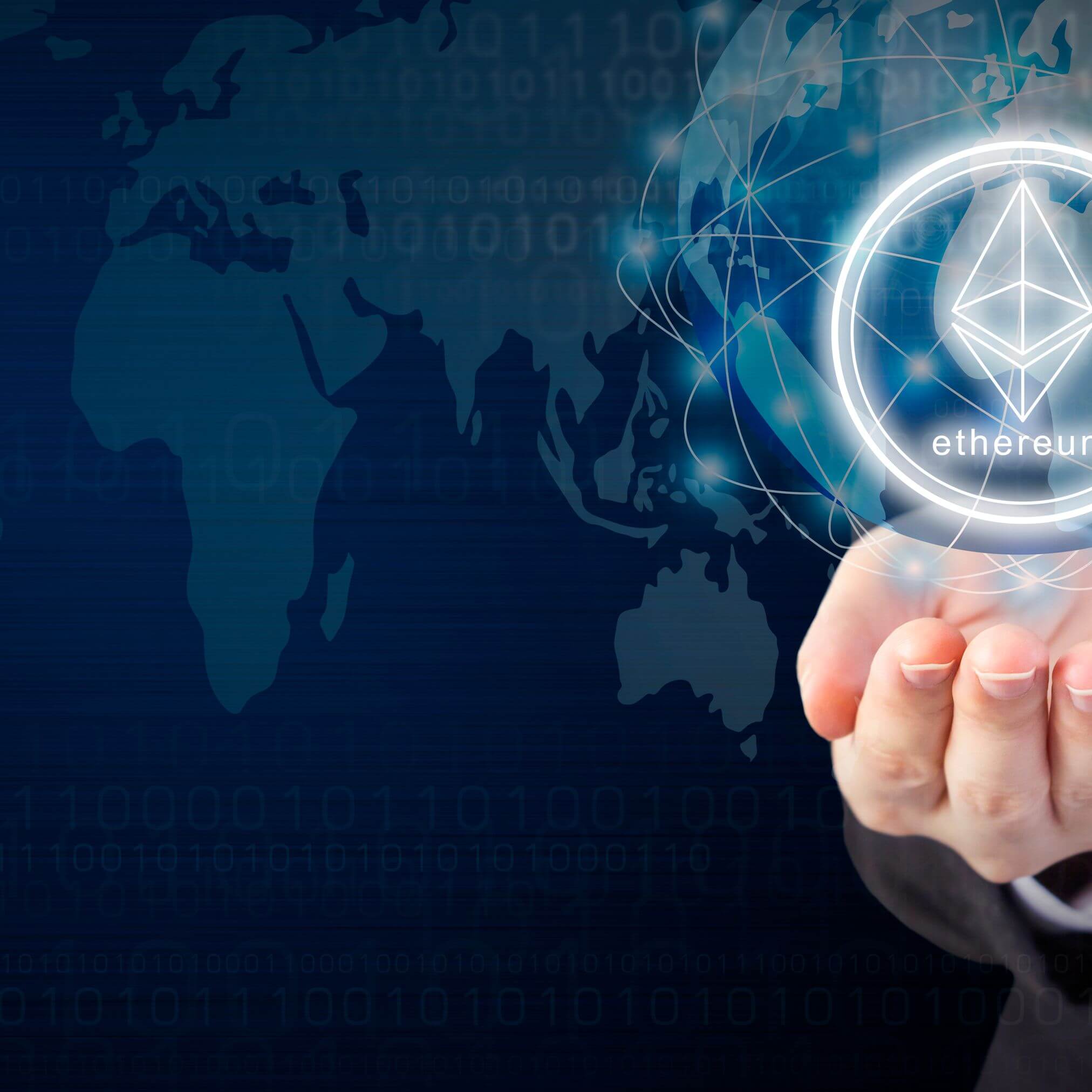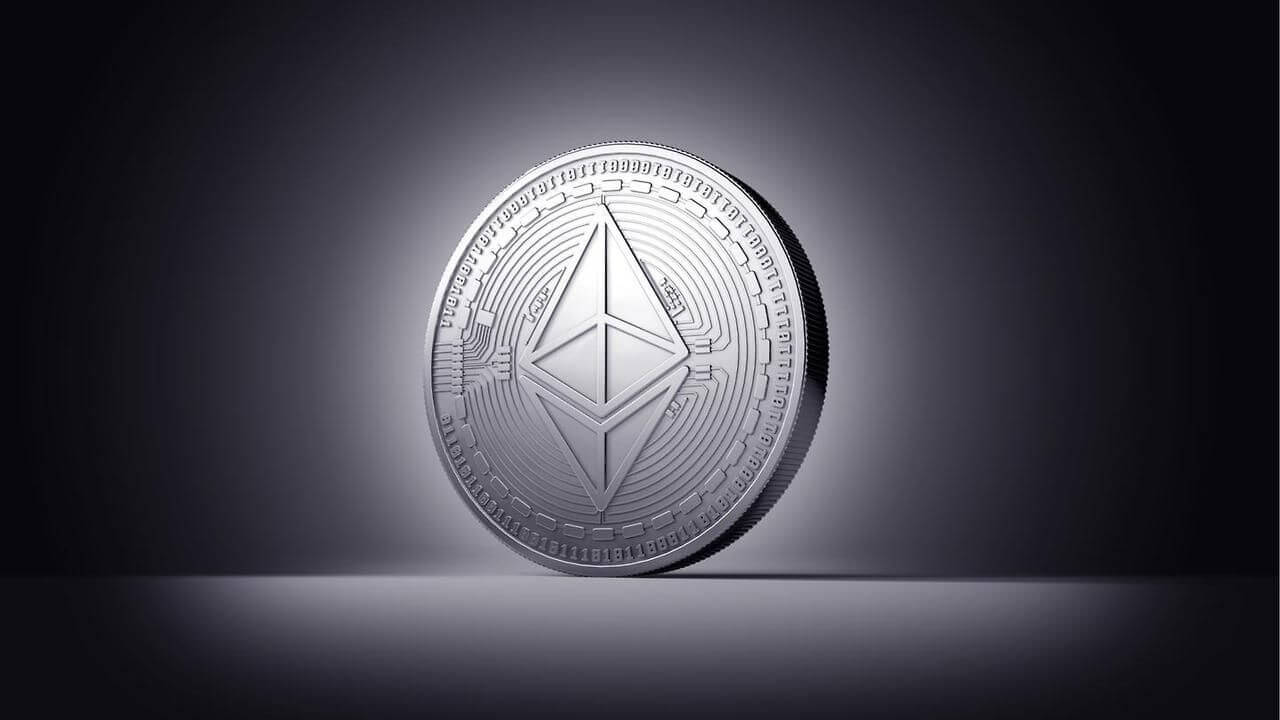
Ethereum (ETH) is currently regarded as being the second biggest cryptocurrency behind Bitcoin (BTC). Yet, the plans have always been about a lot more than that. The vision originally put forward by Vitalik Buterin was about a world computer that uses the blockchain to run a powerful global network.
So, what are the future plans that are designed to turn this dream into reality? Could the imminent release of Ethereum 2.0 finally see it realise its full potential?

What Does Ethereum 2.0 Involve?
This is a significant protocol upgrade for the Ethereum network. There are two especially important elements to it. Firstly, it will see a switch from proof of work (PoW) to proof of stake (PoS). This is arguably the most important part of the upgrade, but not everyone knows what it really means.
Well, one of the issues with the existing PoW method is that miners use expensive computers and huge amounts of electricity to unlock new coins. For example, it has been calculated that Bitcoin consumes as much energy as the whole of Ireland.
The PoS process will use validators to maintain network consensus instead. They will be used to add new blocks and validate the transactions that have been carried out. The end result should be a slicker, far more energy-efficient network.
A new chain called the Beacon Chain will run at the same time as the current Ethereum 1.0 blockchain. The idea behind this is that developers can work freely on the new iteration without any fears about disrupting the current functions. Validators need to stake 32 ETH to join the chain.
What Is Sharding?
The second vital element of Ethereum 2.0 is something known as sharding. This is a solution that will look to break up the whole database into numerous shards or segments. It is intended to be a faster, more efficient way of dividing up transactions to then process them in isolated groups.
This is a crucial part of the scalability plans for Ethereum. As more and more transactions are carried out on the network, it is sharding that will allow it to run more quickly and with a far lower risk of clogging up.
How Will This Affect the Price of Ethereum?
At the moment, it is impossible to know what the future holds in terms of the price of Ethereum. There isn’t even an exact date for the switch to the new iteration yet. However, it is expected to happen sometime between 2019 and 2021.
Certainly, the new ideas to be implemented in Ethereum 2.0 sound great, but it isn’t clear how this will be received by the public in general. Will they be tempted to buy more Ethereum because of these changes?
If we get to see a faster, smoother blockchain then it seems likely that this lead to a price increase over time. More importantly, we will get to see the true potential of the blockchain in action.

